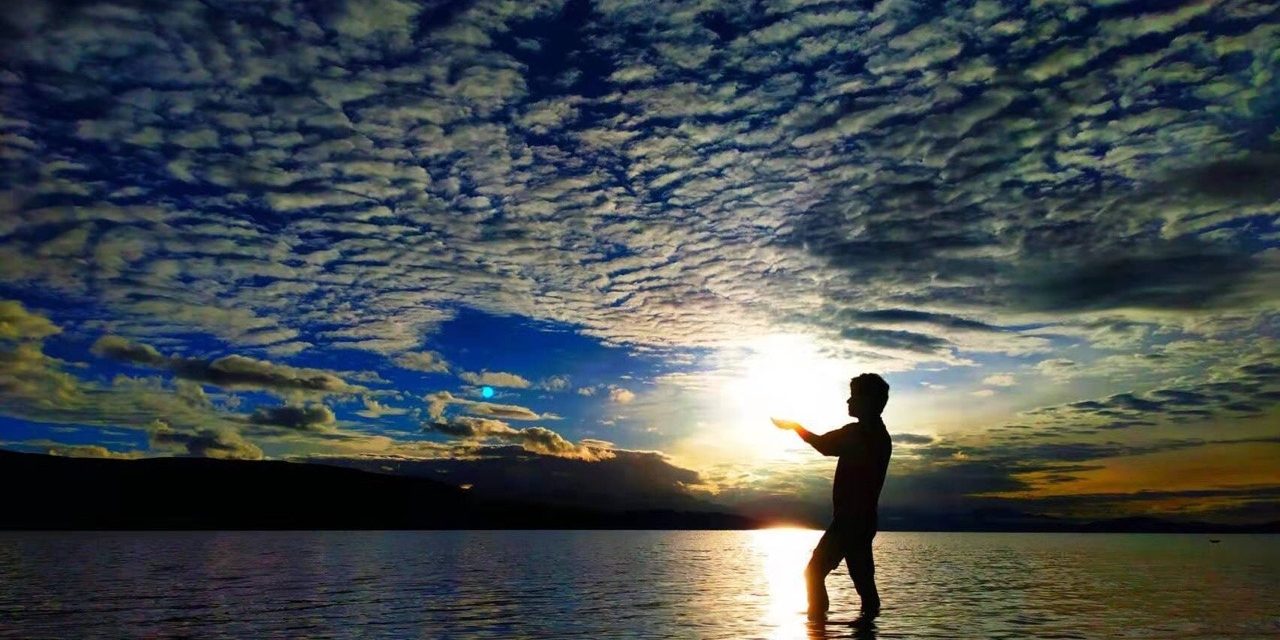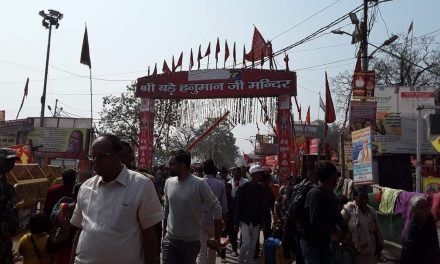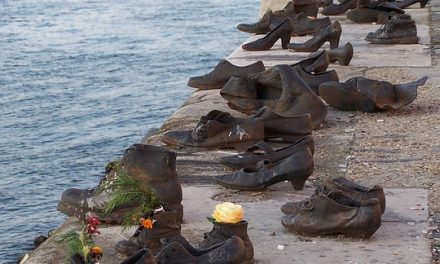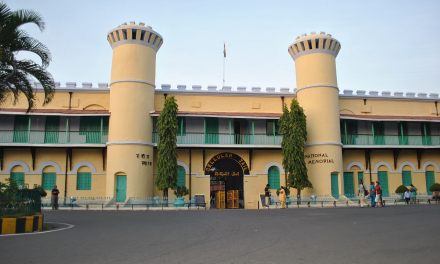“How long until we reach Burang?” I asked the driver. “Not much long, about an hour or so left”, he replied back.
As we drove through the Qomolangma National Nature Preserve (Qomolangma is the Tibetan name of Everest), we kept seeing directions to Mount Everest which was at one point 60 Kms from a point, however the whole contingent was eagerly waiting to reach Mapam Yumtso Or more popularly known as Lake Manasarovar – the dreamy lake of numerous stories and myths!
We reached Manasarovar around 6 pm in the evening and at the first glance, fell in love with the pristine blue and calm lake amongst the mighty Himalayan Mountains. Truly this seemed heaven on earth! Manas means Mind and Sarovar means Lake. It is believed in Hinduism that Lord Brahma, the creator of this universe conceived the idea of this lake in his mind and hence the name.
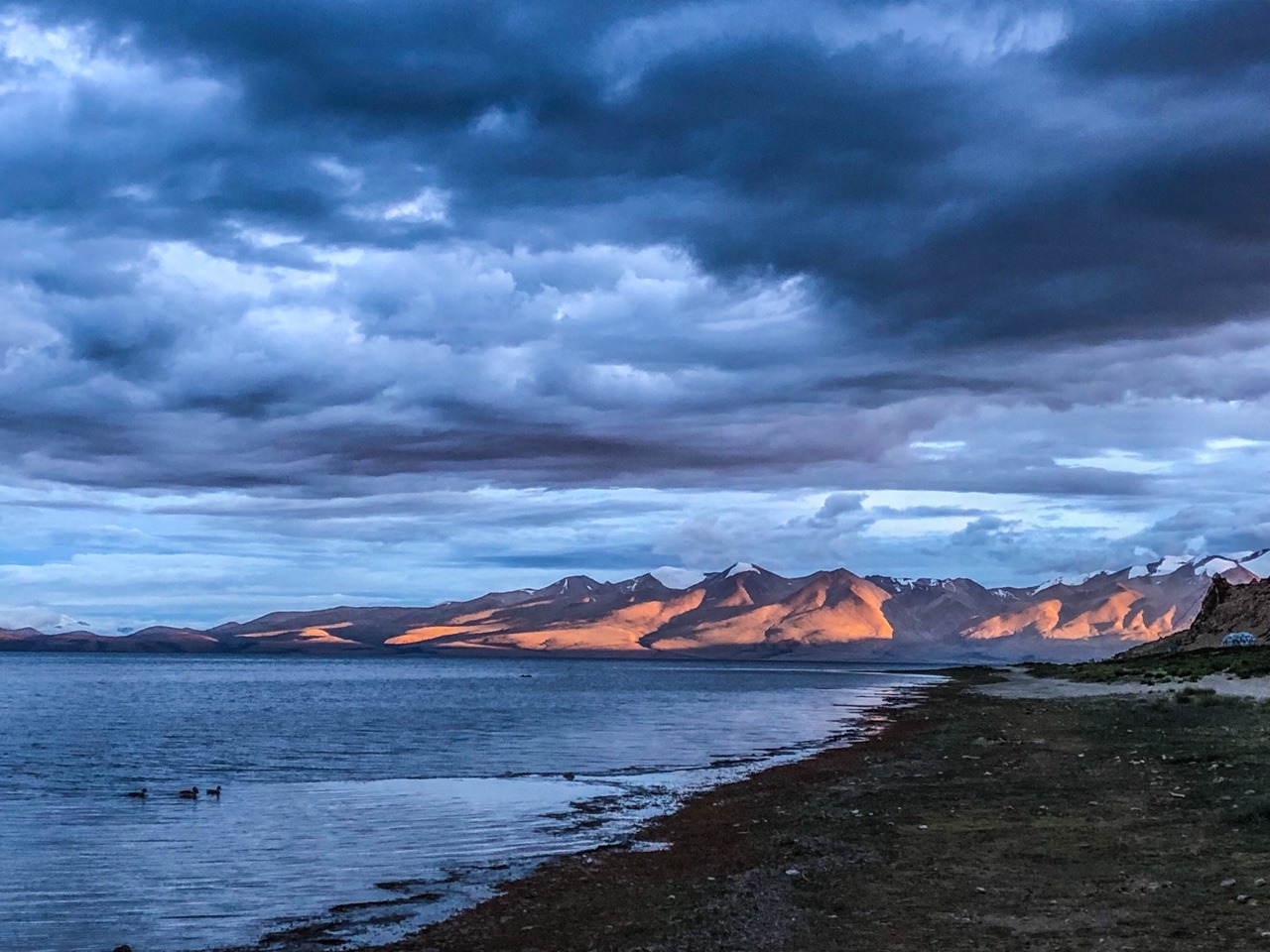
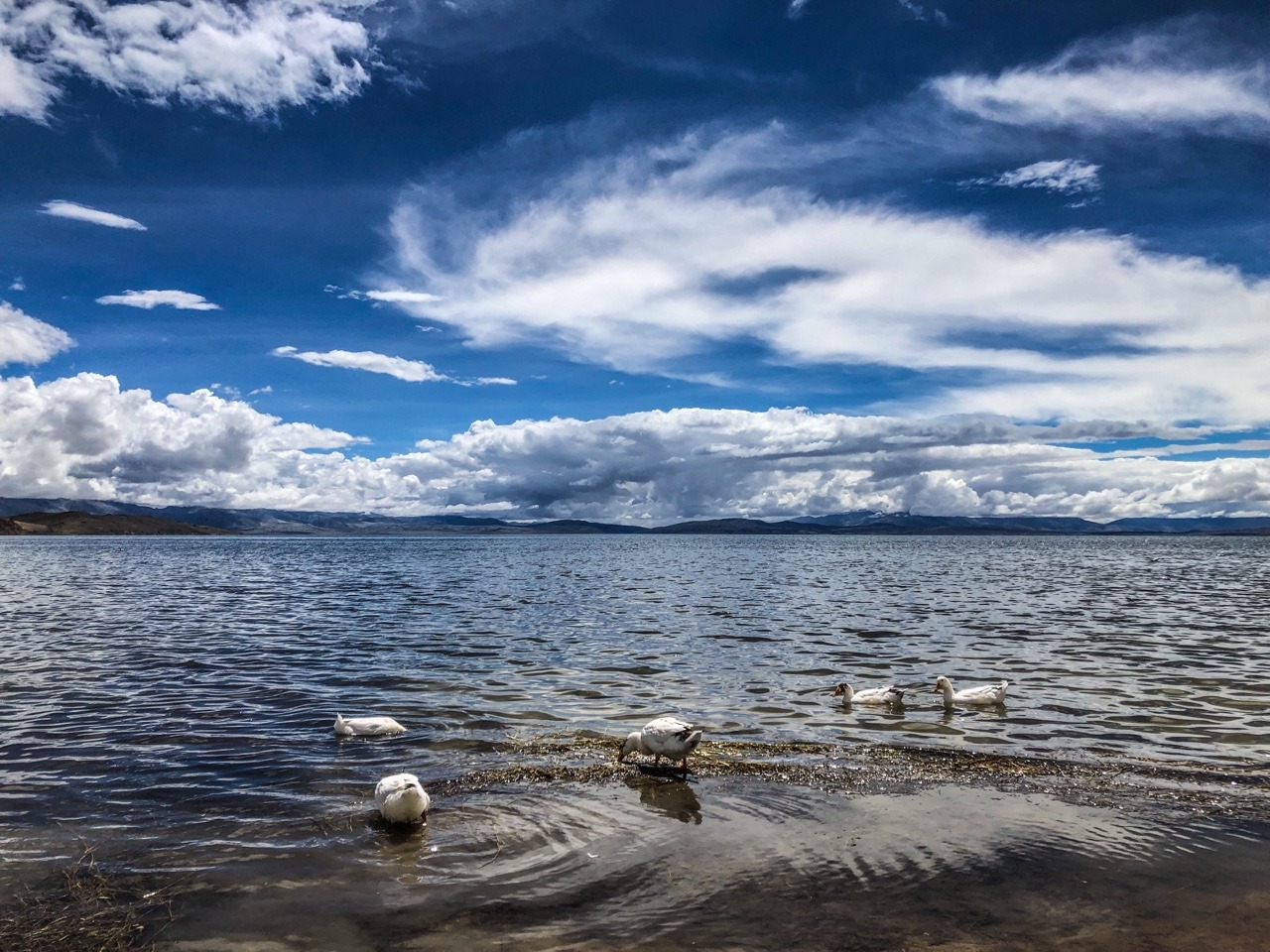
Geologists believe that about 225 million years ago, the Tethys Sea separated India from the Asian continent. About 200 million years ago, the Pangaea separated and the Indian sub-continent started moving northwards away from Australia! About 40 to 50 million years ago, India collided with Asia and the northward movement slowed down. This collision along with the associated tectonic movement gave rise to the mighty Himalayas. The Himalayas at the same time became the source of all water for the Asia continent! This area (Burang county) contains the source of four of Asia’s big rivers – The Indus, Brahmaputra, Karnali, and the Sutlej. Lake Manasarovar is believed to be a remnant of the Tethys sea! It is the world’s highest fresh-water lake fed by the glaciers of the Kailash region. At an elevation of 15000+ feet, the lake covers 412 square kilometers. Home to various flora and fauna, the white swans and the golden ducks are famous around this lake.


There are numerous mysteries that surround Mansarovar which the locals and some visitors have experienced over these years. They say that the Brahma-muhurta (2:40 am to 3:45 am in the morning is the time when the energies of the microcosm (us humans) and the macrocosm(the planetary system and universe as a whole) are at its peak in this time). We woke on the first night and crept our way out to the bank of Manasarovar around 02:40 GMT. The night sky was unearthly and I could see more falling stars that night than in my life! Nothing else happened out of the ordinary except when a local Tibetan walked in front of us with a torch light, some of us thought the mystery of Manasarovar was unravelling before us but not to be! We went back for another couple of hours sleep before we would be woken up for the daily Yoga Kriyas!

We spent the next day relaxing in front of Mansarovar, soaking in the beauty around and meditating. Mysticism and mystery was at galore around the place. I walked up to the Chiu monastery that is said to be one of the oldest Monasteries in Tibet! As the local folklore goes, Guru Rinpoche (Tibetan name of the Budhhist monk from Indian Sub-continent, Padmasambhava, who helped re-establish Budhhism in Tibet) was guided here by a sparrow (also called Chiu in Tibetan). On a clear day Mt Kailash looms dramatically to the north, as seen in the photo below.
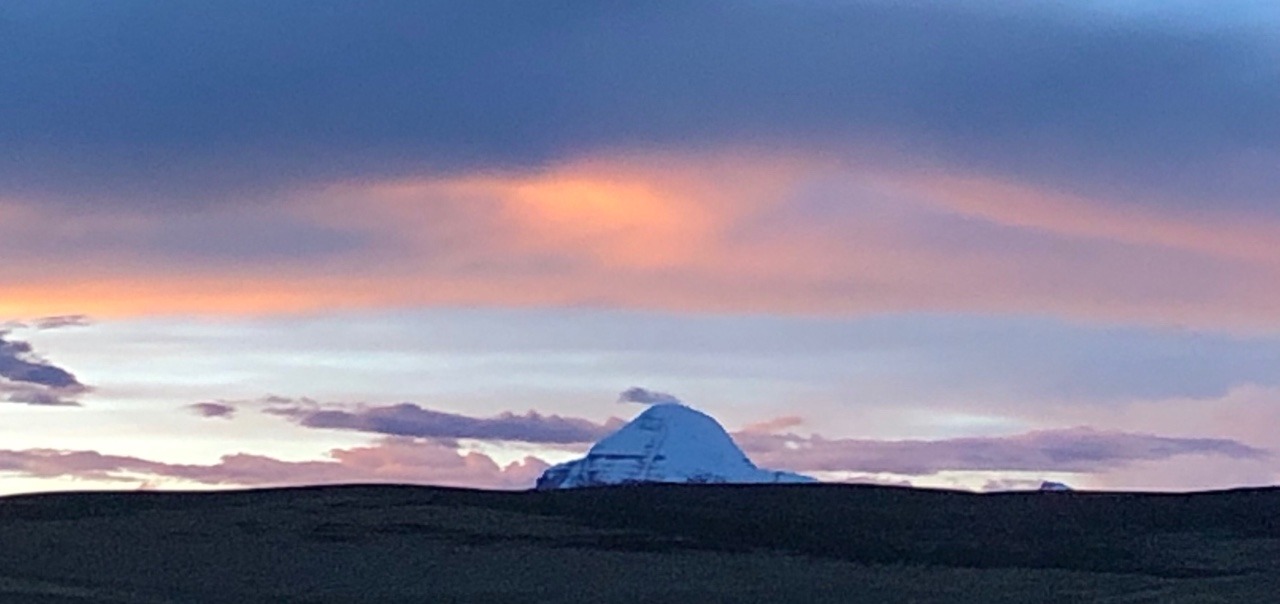
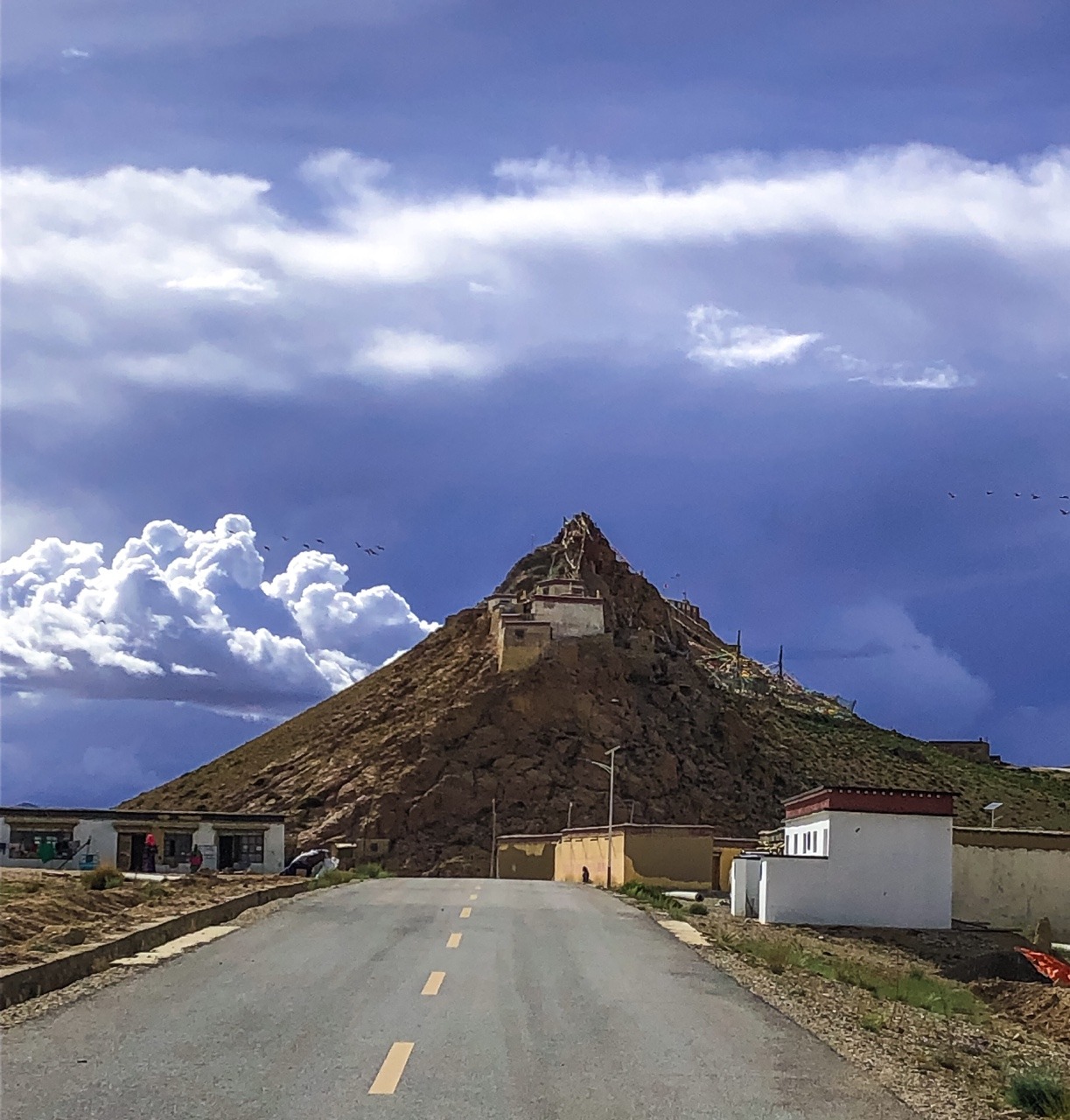
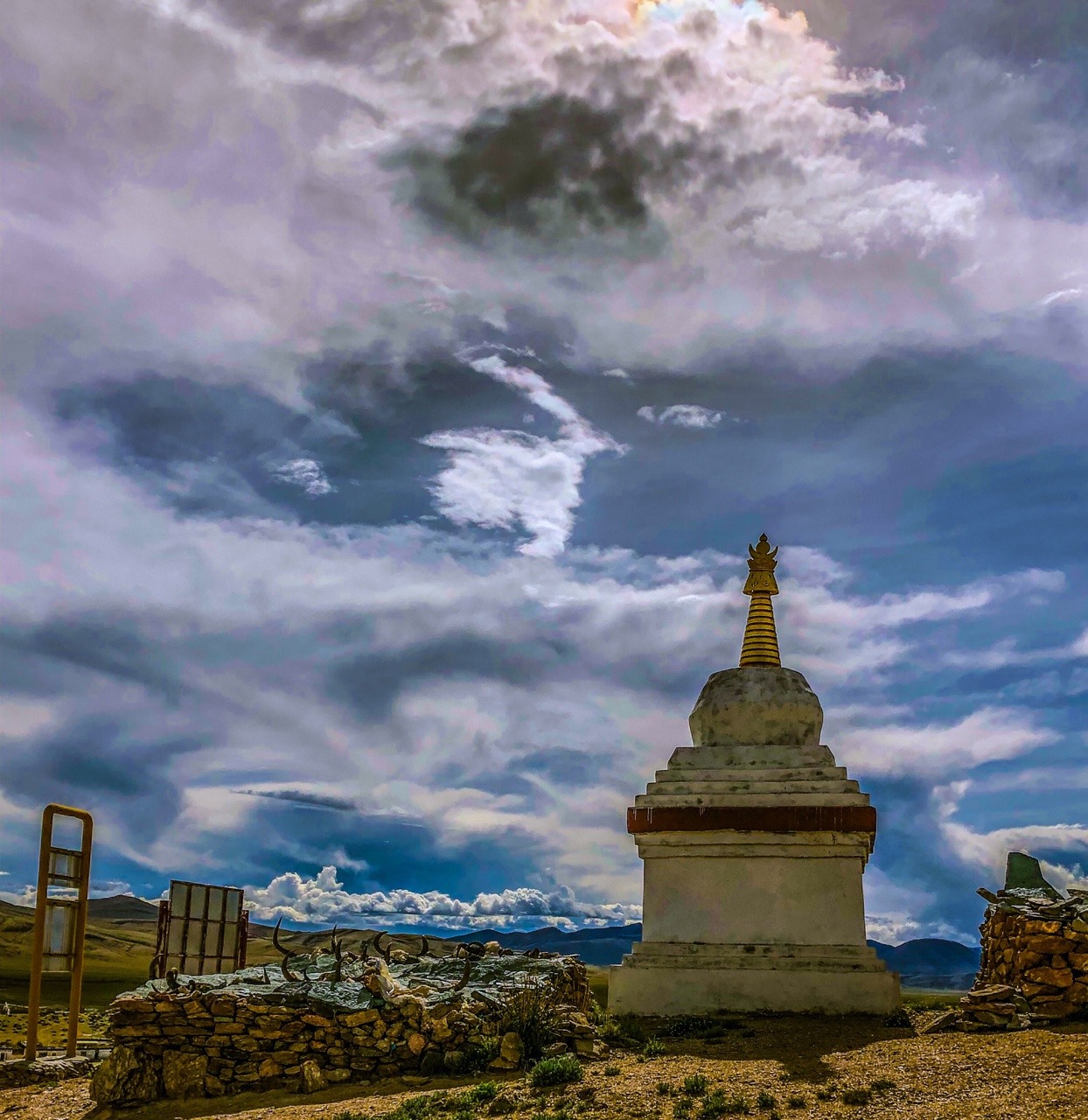
As we were nearing our final destination inca few days – Mount Kailash, we were soaking in the energy of the entire place. Such tranquility was rare in the world outside Tibet, one had to make the most of it, to experience what life was without all the modern day chaos and pollution. One thought that kept coming to my mind was the amount of pollution and destruction of nature that humankind has inflicted upon this planet in our generation! I couldn’t stop but utter, “Karma is the destiny that man weaves for himself…..”
First published in Tumblr

